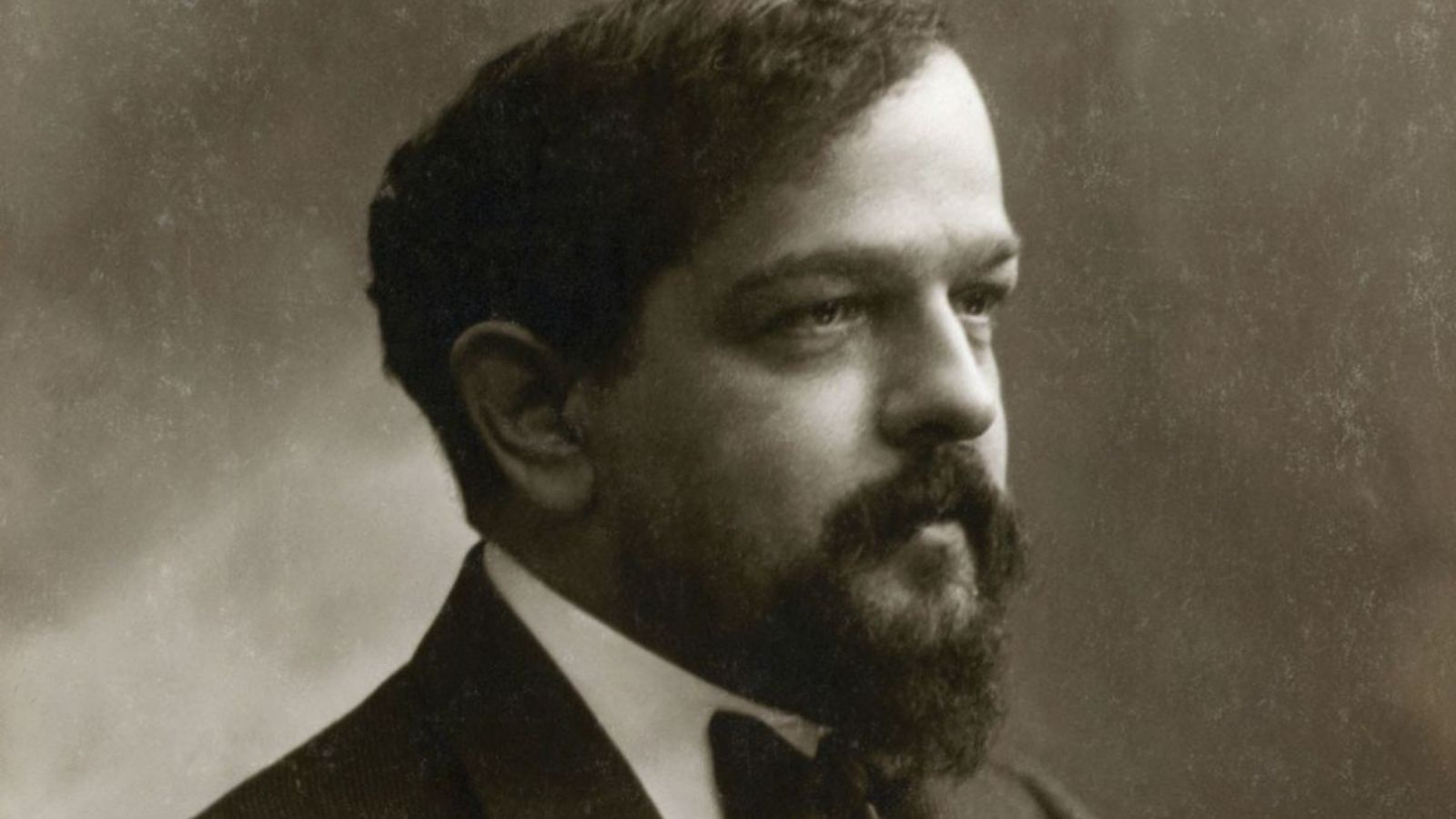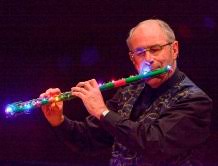For some time, at International Flute Journal, as part of our goal to “Deepen Knowledge and Expand Horizons,” we have been emphasising the importance of breaking down barriers between genres. Subsequently we have been inundated with recordings by artists who have been doing just that. We have heard from Lori Bell with both jazz and classical recordings. We have heard Ed Joffe demonstrate the highest level of accomplishment while doubling on the whole range of woodwinds. We have heard Mark Alban Lotz traverse world music genres over 18 CDs and come back to his first love — jazz — on the 19th. We have heard Eddie Parker present a series of compositions based equally on the jazz idiom and the music of Claude Debussy. And, in the process, we have discovered a whole range of artists who exhibit great quality while flying under the radar of the jazz critics in New York.
We could not ask for a more perfect addition to this club than Günter Wehinger. Originally from Austria, Wehinger has been domiciled in Switzerland for most of his adult life. Switzerland is not known as a hotbed of jazz, but Wehinger has emerged as a world-class performer with a string of recordings that have broken many boundaries. He refers to himself as a jazz flutist but touches on a range of classical and world and, dare I say it, New Age type genres — not the “lobotomy music” referred to by Keith Jarrett but the robust genre developed by Paul Horn.
None of this should be surprising, given Wehinger‘s background. As we already outlined in reviewing Flute on Fire, to his solid classical training he added study with one of the icons of jazz flute, James Newton. To this he has added appearances and recordings with such artists as pianists Michael Cain and Art Lande, bassist Anthony Cox, drummer Pheeroan Aklaff, and woodwind expert Paul McCandless, while stretching beyond jazz with pianist Chris Wiesendanger, cellist Daniel Pezzotti and Argentinian guitarist Julio Azcano.
While Flute on Fire presented these various genres side-by-side, for his latest recording, Debussy, Wehinger has arrived at a unique stylistic blend, taking ‘classical’ material — the impressionistic compositions of Claude Debussy — and giving it a treatment with elements of jazz improvisation and certain unusual timbres. This represents a long-term dream for Wehinger, as he has had this certain sound in his mind for a long time. As he recounts it:
“When my piano teacher once gave me Claude Debussy’s Arabesque No.1 to practice, I was immediately fascinated by the sounds that were new to me. Since then my enthusiasm for Debussy’s music has never let me go. Especially Prélude à l’après-midi d’un faune, a key work of Impressionism, which naturally appealed to me as a flutist. At some point I wanted to play the beguiling flute melody at the beginning of the work on a stage.
“Since I did not embark on an orchestral career, however, I had to find another form than the original one with orchestra. Only, which one? The work is perfect as it is. Various versions for flute and piano always seemed to me like black-and-white copies of a colour picture. A lot of time passed before I could finally realize my original dream.
“Debussy is a sound magician. If I wanted to add a new note to his music I had to find completely new timbres, preferably those Debussy hadn’t known. These I found with my fellow musicians, the electric bassist André Buser and the vibraphonist Urs Wiesner; they were ready to embark on the Debussy adventure. When I got to know the Japanese string instrument koto on a tour of Japan in 2013, I had found the missing sound for my arrangements.
“The koto is the perfect and above all logical replacement for the harp, which plays an important role in Debussy’s music. Logical, because Debussy’s fascination for Asian culture has influenced his music demonstrably; at the 1889 World’s Fair in Paris he heard non-European music from China, Japan and Indonesia for the first time. Could he have also seen and heard the koto at this exhibition? In any case, Japan was fashionable in Paris at the time. Debussy collected Japanese woodcuts, a Japanese lacquer work hung in his study, and the first edition of the score of La Mer was decorated with an excerpt from the famous Great Wave by the Japanese painter Katsushika Hokusai (1760-1849).
“But back to my undertaking: In Europe I was faced with the almost unsolvable task of finding a professional koto player who would also be able to improvise and find her way around Debussy’s complex harmonies. The search was lengthy. At the end of 2016 I met Karin Nakagawa. Eight months later we stood in the studio and recorded this CD.
“A dream came true.”
It is not clear why Debussy has emerged in the imagination of two jazz flutists at the same moment in time; it is a year too late to capture the centenary of his death (1918). But Günter Wehinger has approached it quite differently from Eddie Parker. While Parker has taken Debussy as a jumping-off point for his wider imagination, Wehinger has hewn closer to the original in many ways, while treating it with a very different sound, giving the work an Asian overtone by substituting the Japanese table harp, the koto, for the Western orchestral harp employed by Debussy. The addition of vibraphone and electric bass to round out the quartet adds another dimension altogether, adding more of a jazz feeling, which is reinforced by a carefully controlled amount of improvisation.
There was still no guarantee that any of this would work — the unusual ingredients needed a very careful recipe. But Wehinger approaches the arrangements with a light touch. There is no question of laying bebop lines over a Debussy chord sequence. Rather, jazz becomes a ‘flavour’ that is added to the mix to create the delicately balanced final product. It is worth repeating the assessment of Wehinger‘s teacher James Newton: “In Wehinger’s sound one can hear an approach reflecting the European flute tradition along with a keen understanding of the myriad complexities and emotions that exist in the African-American musical tradition.”
I will not attempt to define the final genre that emerges from this blend of composition and improvisation. It may not be to everyone’s taste. Suffice to say that it is flute music of great sensitivity. It is definitely worth sampling.
Personnel: Günter Wehinger, flute; Karin Nakagawa, koto; Urs Wiesner, vibraphone; André Buser, electric bass
Selections: 1. L’après-midi d’un faune 2. Chiara’s Flute Song 3. Clair de lune 4. Delydious 5. Interlude 6. Bruyères 7. Prelude 8. Beau Soir 9. Erwachen 10. Gnossienne 1










